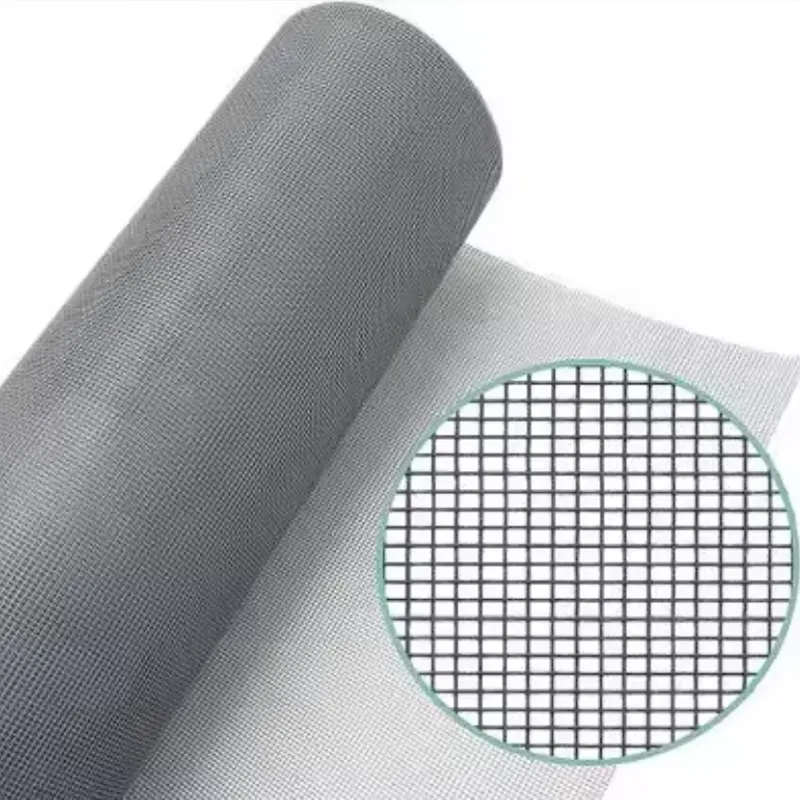Jan . 30, 2025 05:25 Back to list
Sliding Screen Door
Sliding screen doors are an essential component of modern homes, offering convenience and seamless access to outdoor spaces. However, the functionality of these doors heavily depends on their track systems. Understanding the different types of sliding screen door tracks, their benefits, and best use cases can significantly enhance user experience while ensuring long-term reliability.
In regions prone to harsh weather conditions, the weather-resistant track system is a worthwhile investment. These tracks are specifically designed to prevent water buildup, corrosion, and other elements from compromising the door's functionality. Often constructed from durable materials like stainless steel or reinforced aluminum, they offer resilience against rust and decay. While initially more expensive, their durability can lead to cost savings over time by reducing the need for frequent repairs or replacements. Homeowners living in coastal or high-humidity areas greatly benefit from this track type. The adjustable track system is gaining popularity for its versatility. Offering customizable height and width settings, it caters to varying screen door dimensions and architectural styles. This flexibility makes it perfect for bespoke homes or renovations where standard sizes are impractical. The adjustable nature of these tracks simplifies the installation process and provides an opportunity to rectify alignment issues post-installation. However, users should ensure components are tightly secured to avoid any misalignments from frequent adjustments. Lastly, the retractable track system market is blossoming, driven by the demand for space-saving solutions. These tracks allow for the screen door to be entirely retracted when not in use, offering unobstructed views and access. Common in luxury homes where the emphasis is on open-plan living, retractable tracks provide an elegant and unobtrusive design. Installation may be more labor-intensive and typically requires professional expertise to ensure seamless functionality and prevent any damage to the surrounding framework. Choosing the right sliding screen door track type necessitates considering various factors such as door weight, frequency of use, environmental conditions, and architectural aesthetics. Investing in the appropriate track system not only bolsters the door’s functionality but also extends its lifespan, proving to be a cost-effective decision in the long run. By understanding these distinct track systems, homeowners can make informed decisions that enhance their living spaces, ensure safety, and maintain the aesthetic integrity of their homes.


In regions prone to harsh weather conditions, the weather-resistant track system is a worthwhile investment. These tracks are specifically designed to prevent water buildup, corrosion, and other elements from compromising the door's functionality. Often constructed from durable materials like stainless steel or reinforced aluminum, they offer resilience against rust and decay. While initially more expensive, their durability can lead to cost savings over time by reducing the need for frequent repairs or replacements. Homeowners living in coastal or high-humidity areas greatly benefit from this track type. The adjustable track system is gaining popularity for its versatility. Offering customizable height and width settings, it caters to varying screen door dimensions and architectural styles. This flexibility makes it perfect for bespoke homes or renovations where standard sizes are impractical. The adjustable nature of these tracks simplifies the installation process and provides an opportunity to rectify alignment issues post-installation. However, users should ensure components are tightly secured to avoid any misalignments from frequent adjustments. Lastly, the retractable track system market is blossoming, driven by the demand for space-saving solutions. These tracks allow for the screen door to be entirely retracted when not in use, offering unobstructed views and access. Common in luxury homes where the emphasis is on open-plan living, retractable tracks provide an elegant and unobtrusive design. Installation may be more labor-intensive and typically requires professional expertise to ensure seamless functionality and prevent any damage to the surrounding framework. Choosing the right sliding screen door track type necessitates considering various factors such as door weight, frequency of use, environmental conditions, and architectural aesthetics. Investing in the appropriate track system not only bolsters the door’s functionality but also extends its lifespan, proving to be a cost-effective decision in the long run. By understanding these distinct track systems, homeowners can make informed decisions that enhance their living spaces, ensure safety, and maintain the aesthetic integrity of their homes.
Products
Latest news
-
Unveiling the Allure and Practicality of Classic Mosquito Nets
NewsJul.04,2025 -
Unraveling the World of Mosquito Nets: Varieties, Costs, and Production
NewsJul.04,2025 -
Redefining Protection and Style: The World of Mosquito Nets
NewsJul.04,2025 -
Enhancing Sleep and Style with Contemporary Mosquito Nets
NewsJul.04,2025 -
Diverse Solutions in Mosquito Netting: Sizes, Varieties, and Flexibility
NewsJul.04,2025 -
Deciphering Mosquito Nets: Significance, Varieties, and Applications
NewsJul.04,2025 -
Transforming Bedrooms into Mosquito - Free Havens
NewsJul.01,2025









